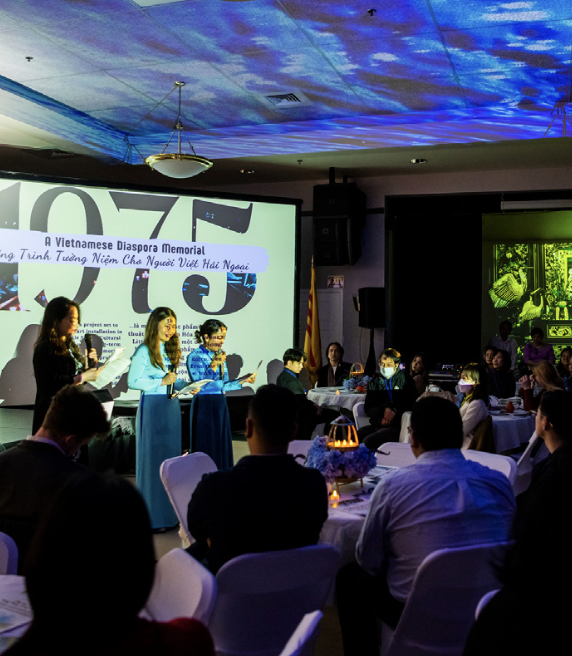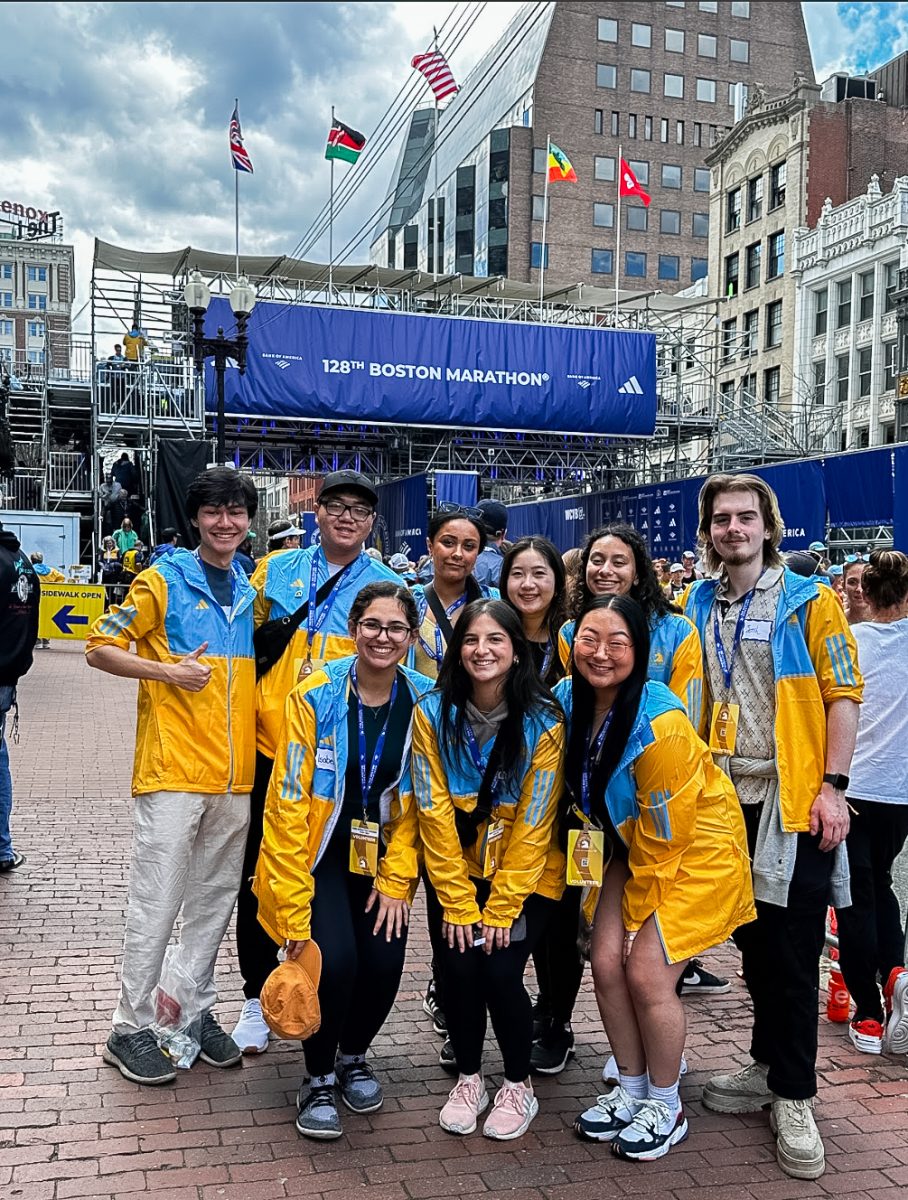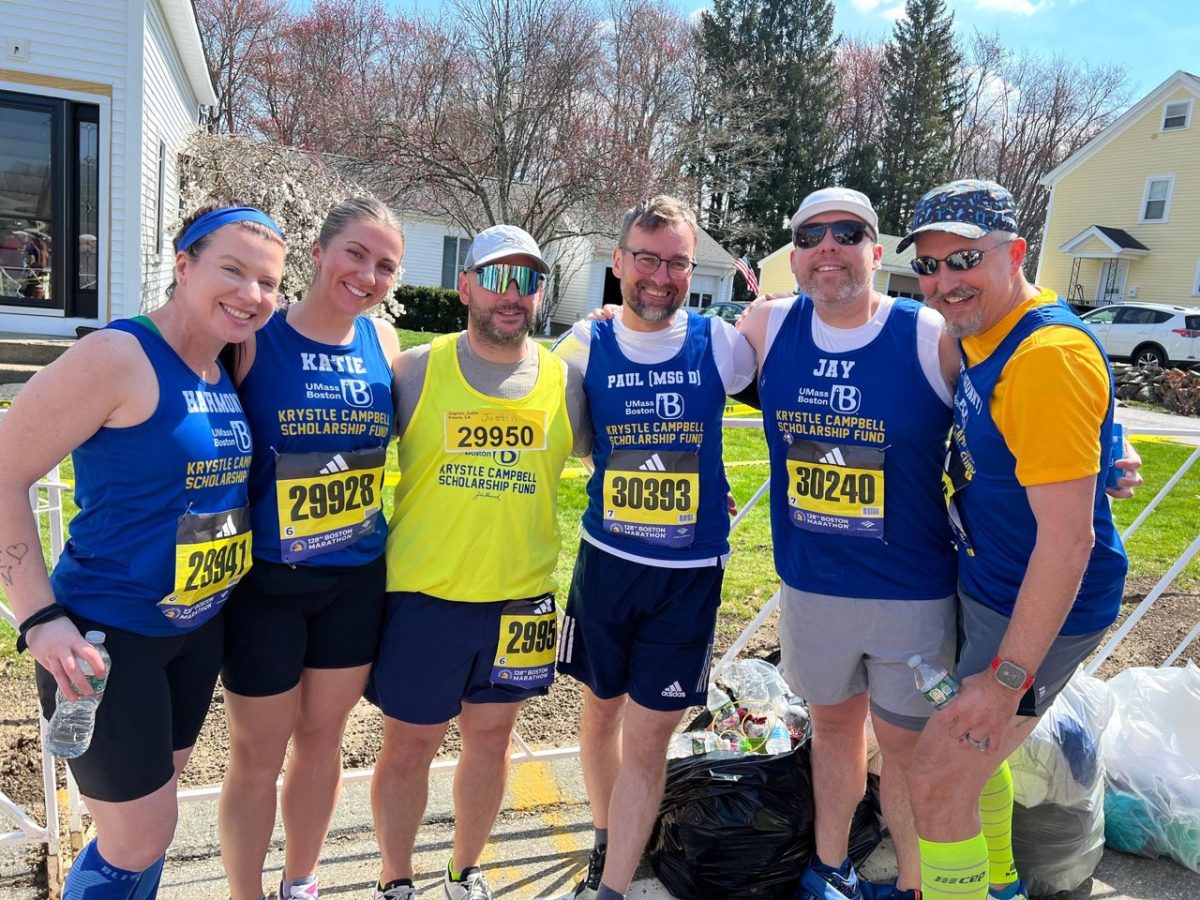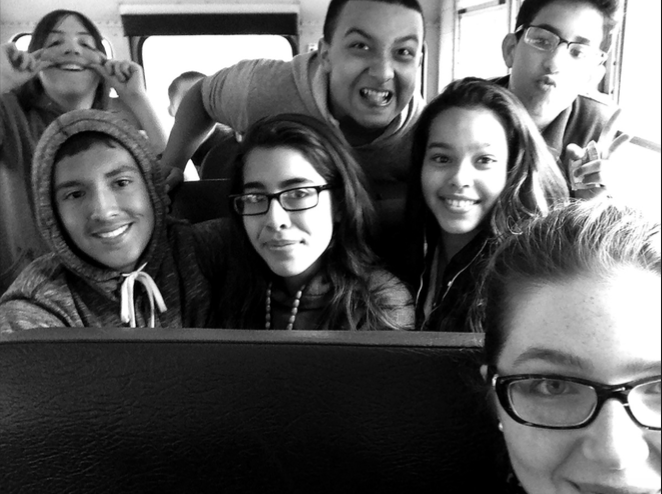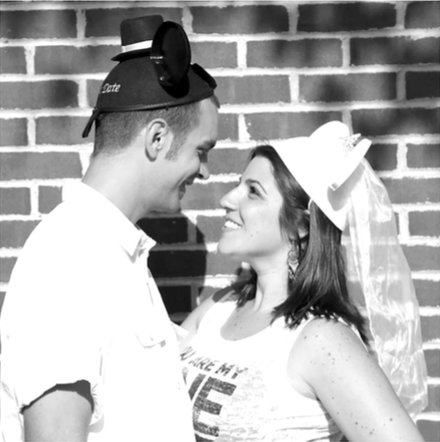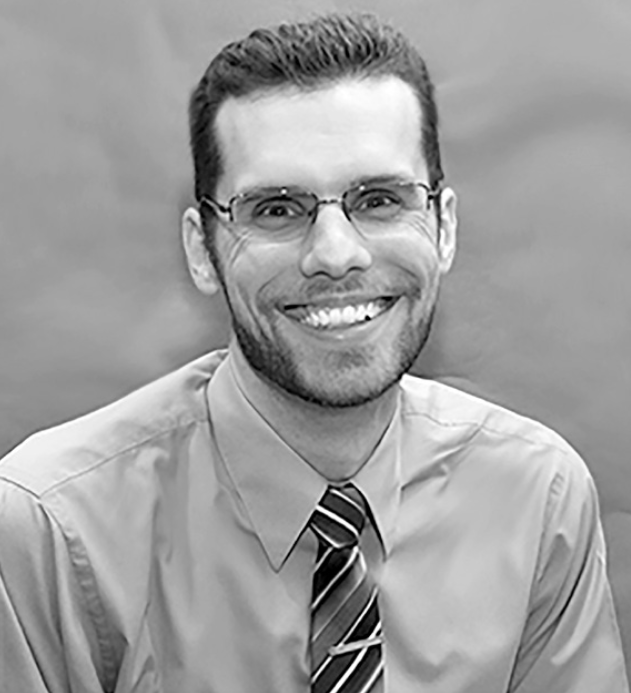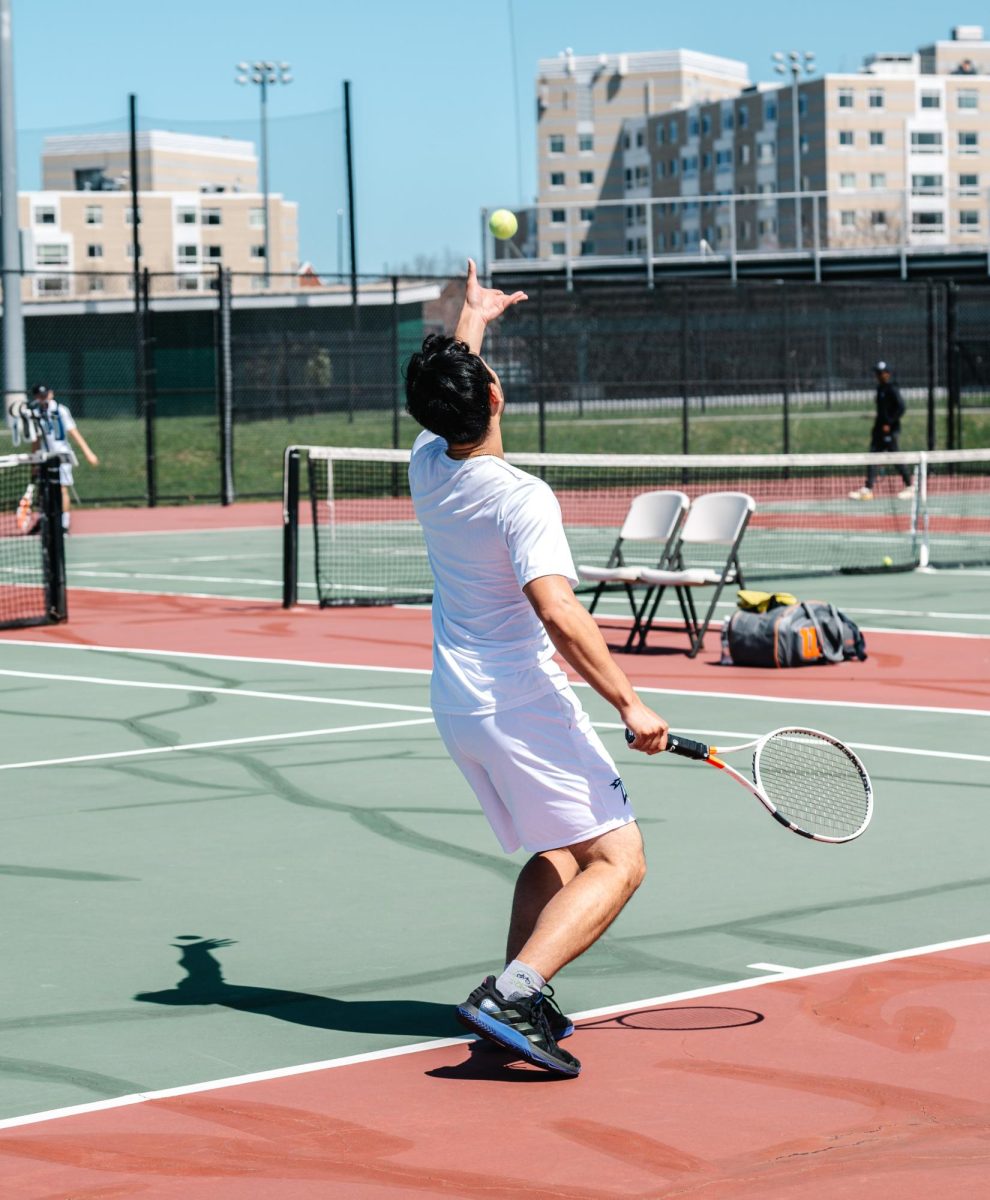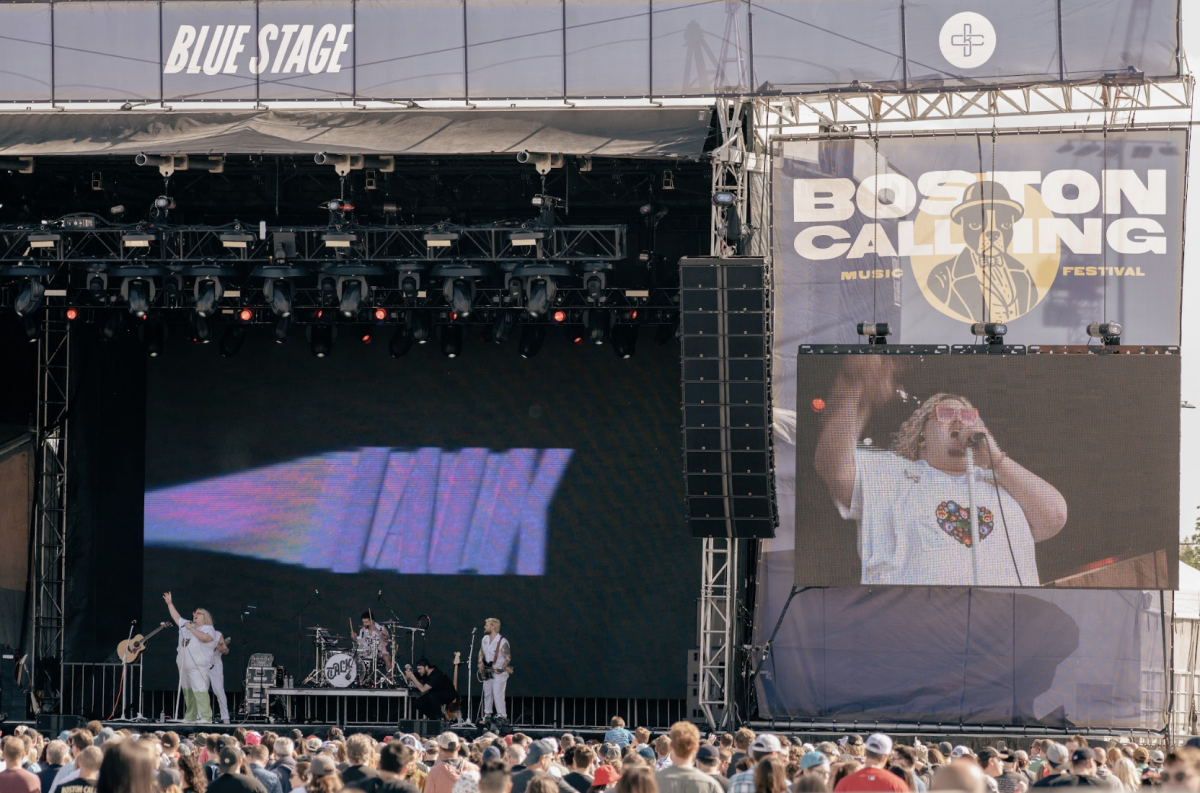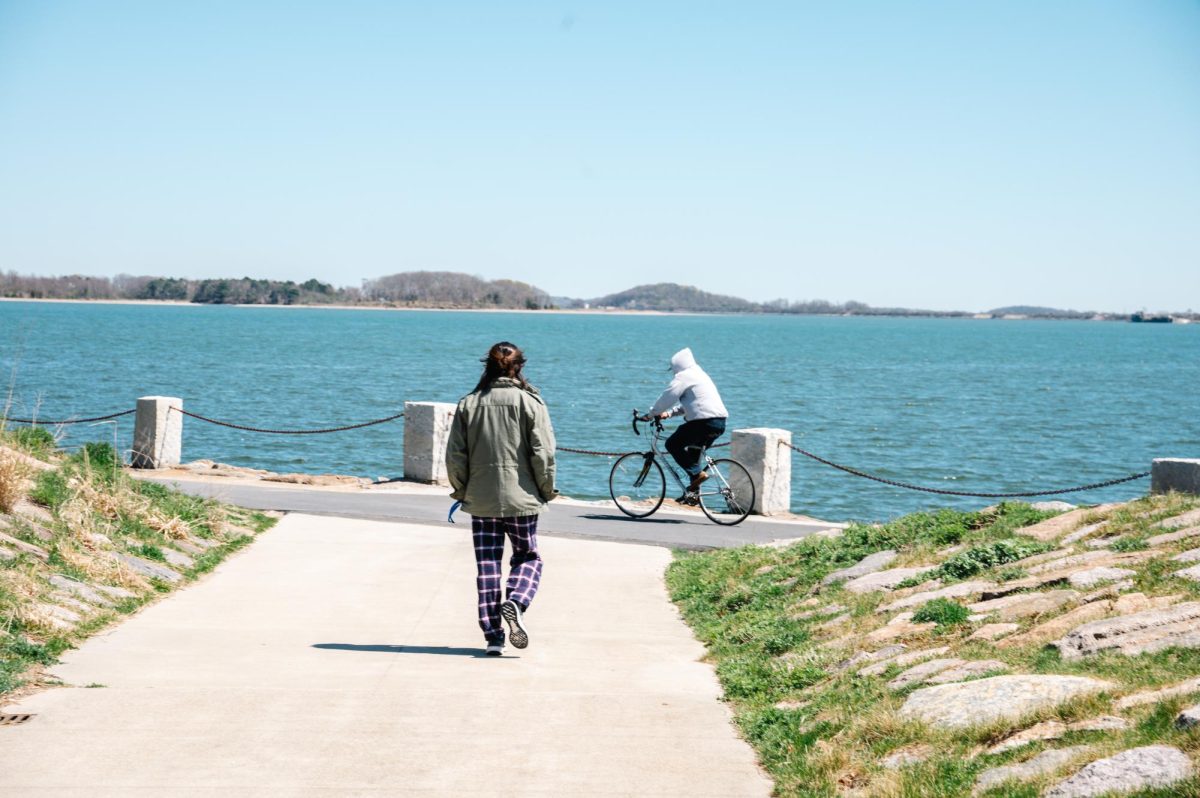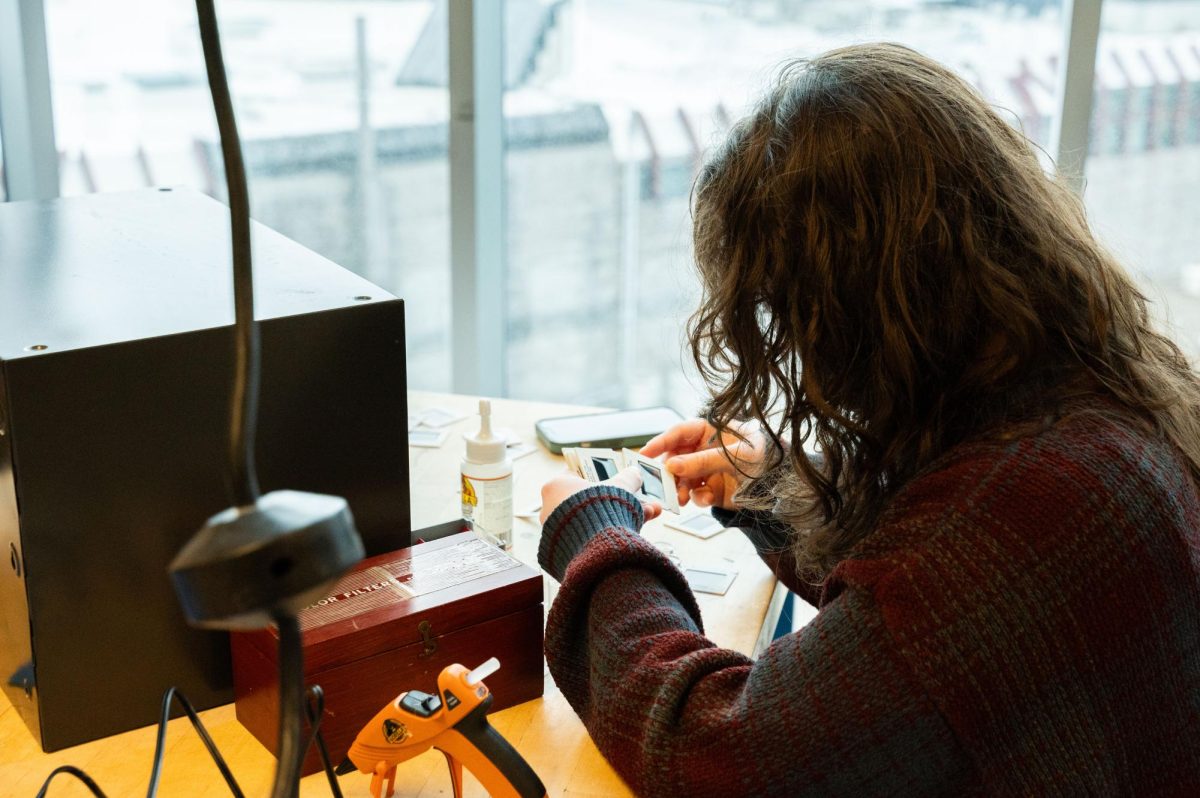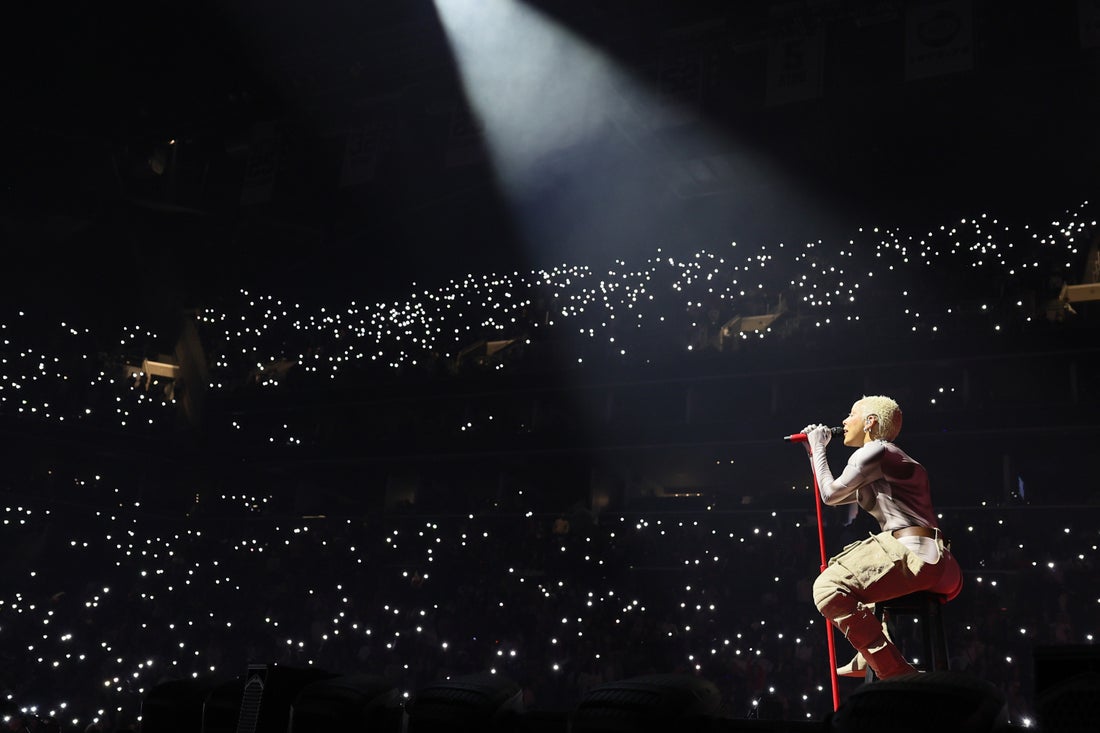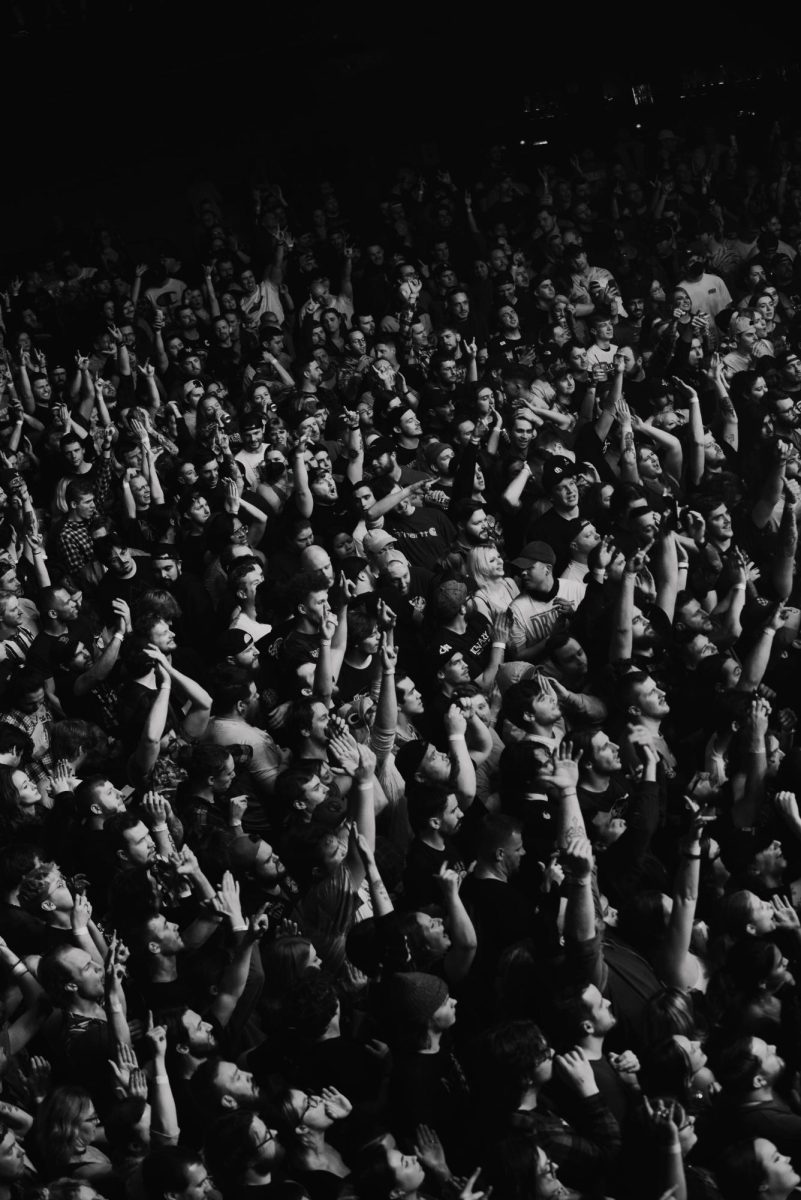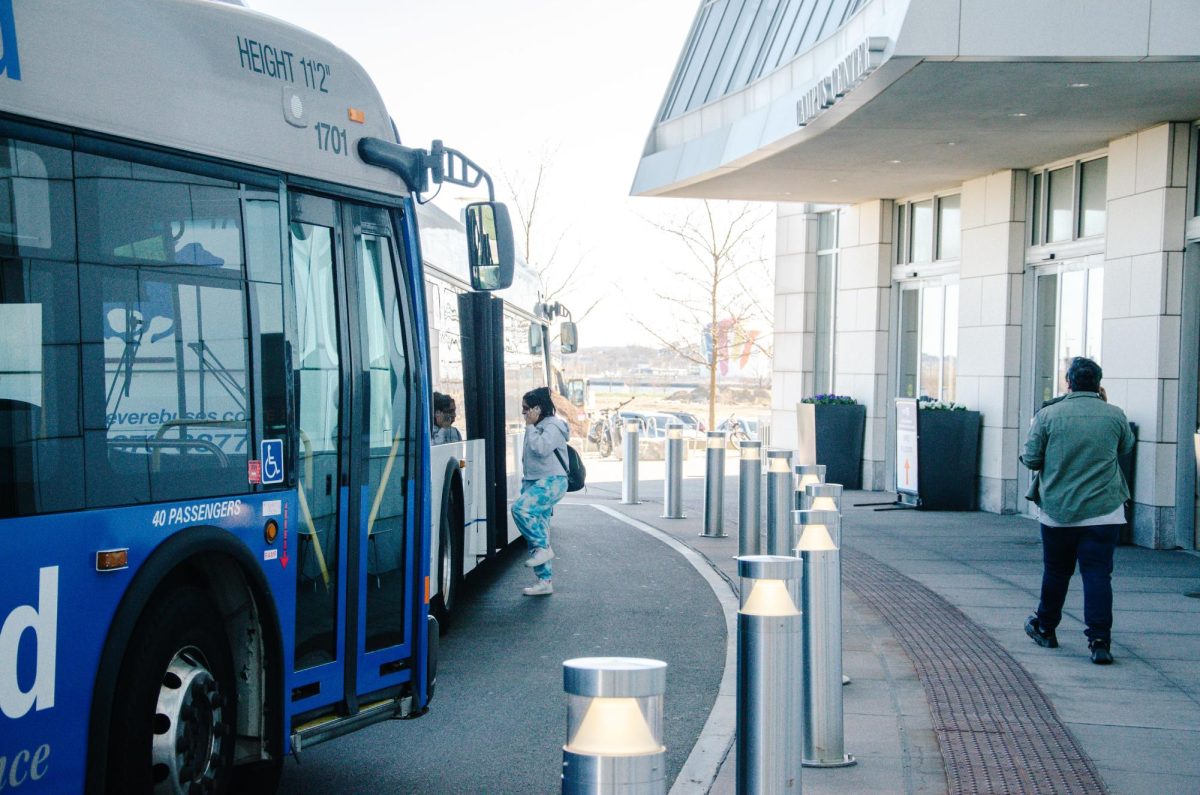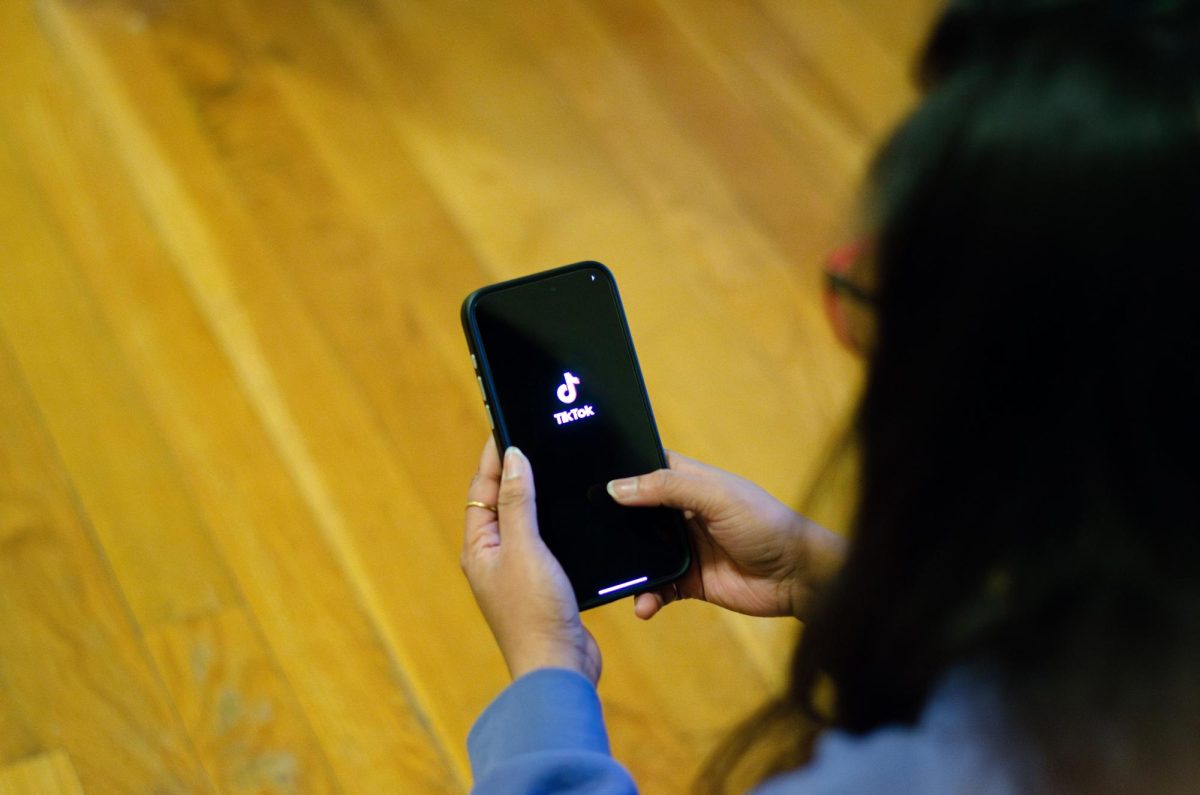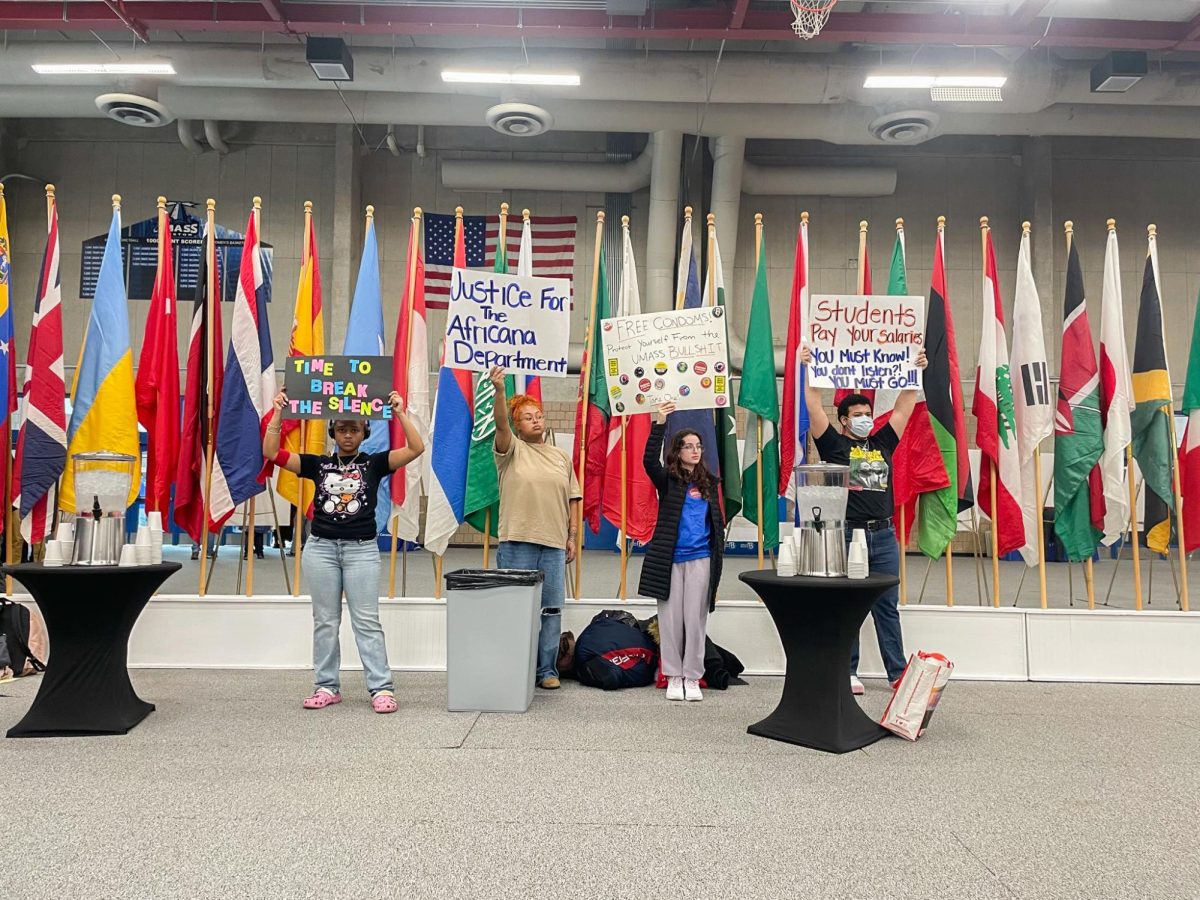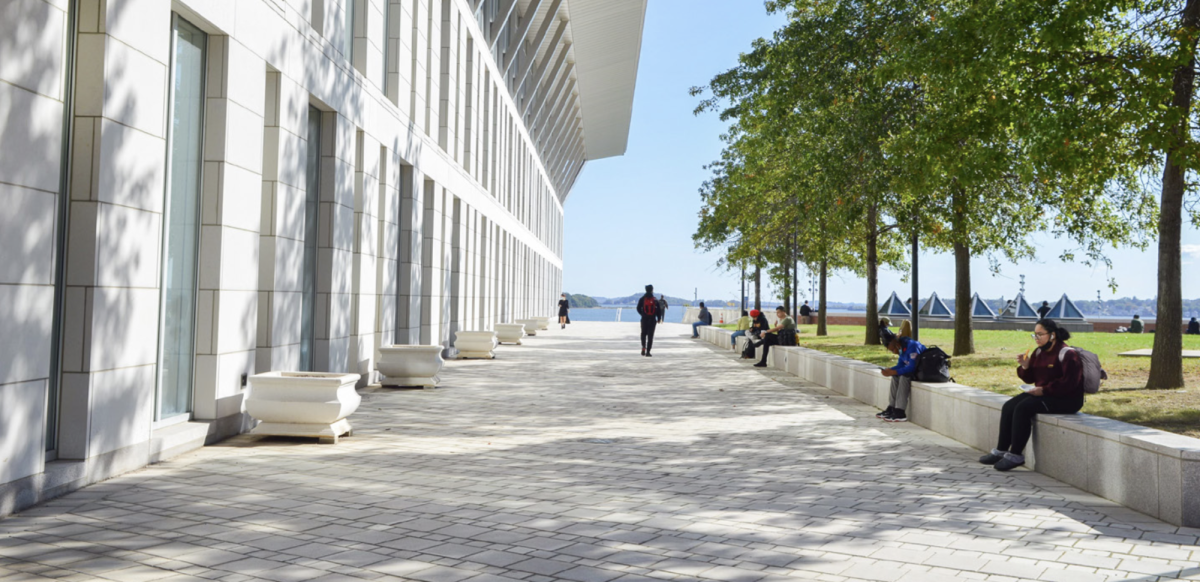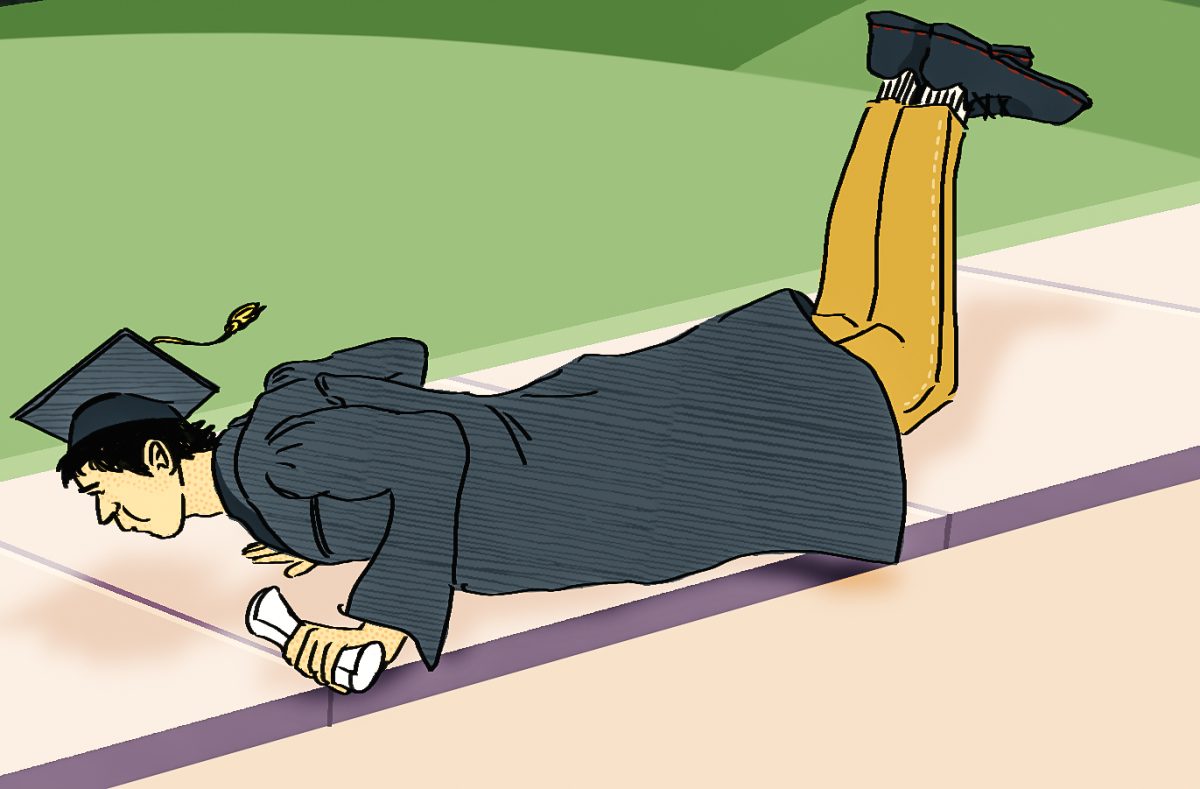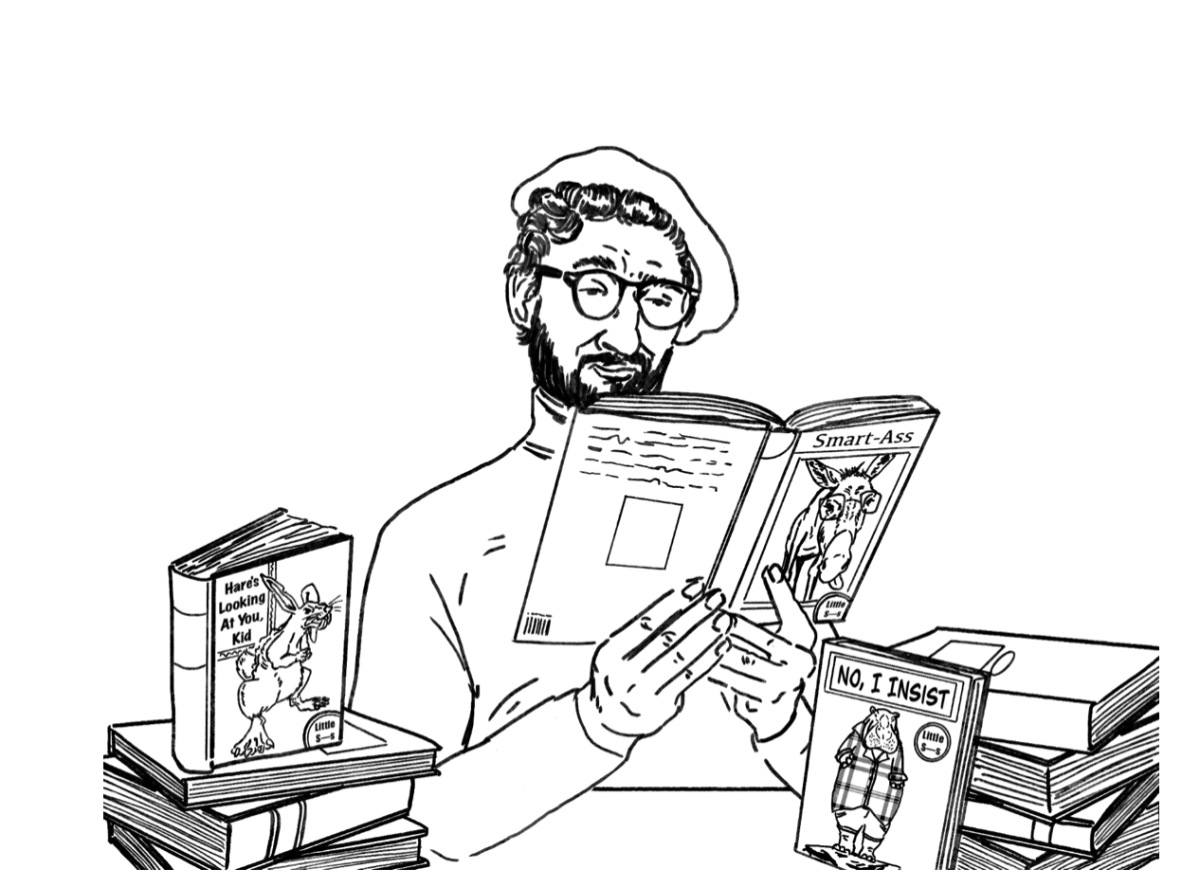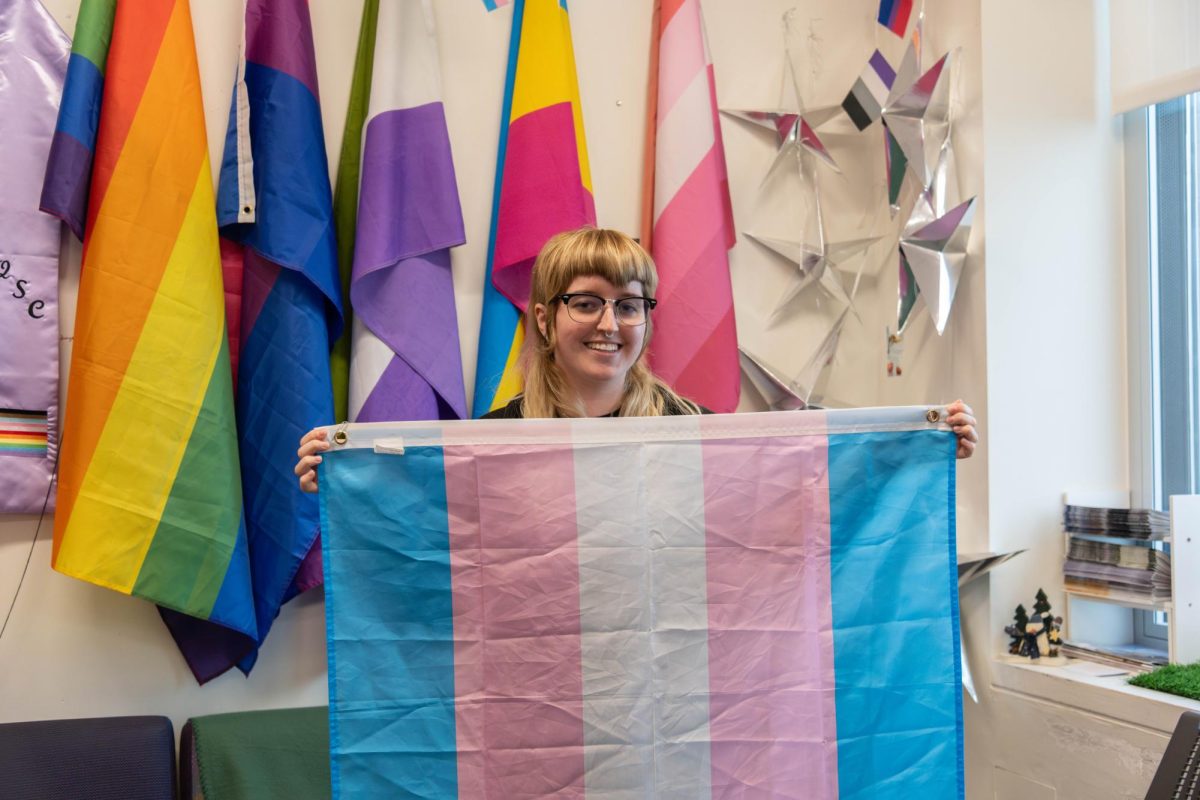November 20 is Transgender Day of Remembrance, a day devoted to celebrating and honoring the hundreds of transgender people lost to transphobic hate. The week leading up to Transgender Day of Remembrance is filled with demonstrations to raise awareness about transgender issues—high suicide rates, nonbinary identities, access to healthcare and more. According to Transgender Day of Remembrance founder Gwendolyn Ann Smith, “Transgender Day of Remembrance seeks to highlight the losses we face due to anti-transgender bigotry and violence. I am no stranger to the need to fight for our rights, and the right to simply exist is first and foremost. With so many seeking to erase transgender people—sometimes in the most brutal ways possible—it is vitally important that those we lose are remembered, and that we continue to fight for justice [1].”
The vast majority of the time, it’s Black and Brown trans women on the receiving end of this violence—the very same people who fought so desperately for trans liberation in the 20th century and have been fighting ever since. According to Time magazine, 2021 was the deadliest year for transgender people on record and was the same year that saw record-breaking numbers of anti-LGBT bills being passed across the country. That year, 66 percent of the victims of anti-trans hate were Black trans women. [2] These are the people, alongside the countless transgender people we’ve lost to suicide or who never came out of the closet at all, who we remember on Trans Day of Remembrance.
Unless you’re transgender yourself, it’s impossible to realize just how much of our lives is controlled by the outdated idea of the gender binary. Gendered bathrooms, sports, uniforms, even expectations at work, school and home—as a transgender man, I find myself constantly having to judge what gender people think I am. When my hair is dyed, or when I’m wearing a colored shirt, I am gendered more often as female; when I’m wearing a dark-colored t-shirt, I’m more consistently gendered as male. It controls how people speak to me, how they look at me, if they respect me—every single aspect of my life is affected by my transness.
Transgender women have the unenviable position of being hyper-visible—they’re usually considered the “default” state of trans-ness by media. Trans women also experience the unique intersection of transphobia and misogyny; they’re dangerous men and, somehow, simultaneously “asking for” unwanted advances in the same way a cisgender woman wearing a “too-short” skirt is. Transgender men often experience a much subtler kind of transphobia. We’re treated as “confused girls” being misled by the evil “trans agenda,” a pervasive view held by even, and sometimes especially, our lawmakers.
In the past few years, my entire identity as a transgender man has been reduced to a political talking point. I don’t have the freedom to talk freely about being transgender for fear of saying the wrong thing to the wrong person, especially in conservative areas. Dozens of think pieces about scary transgenders invading your schools, homes and bathrooms flood even “liberal” newspapers like the New York Times. I can’t access consistent healthcare; meanwhile, some politician on the other side of the country is frothing at the mouth to ban me from peeing in the men’s bathroom. My cisgender friends and family try to be supportive when they commiserate about hate crime statistics, but for me, it’s just a constant reminder of the thousands of people who wield my identity as a weapon to advance their political argument.
The medical system, labyrinthine as it already is, becomes exceedingly more difficult to navigate as a transgender or intersex person. Cisgender people use gender-affirming care, such as breast augmentation or hormone-replacement therapy, just as much as transgender people; the only difference is that, because I’m trans, I need a diagnosis and a therapist evaluation to access the same resources. I’m constantly being treated like a child—I know what’s best for my own body, not the fifth doctor to come along and ask if I really do. Pharmacies never have the medication I need, doctors never know anything about my body, there are very few studies done on how medications interact with testosterone—the list goes on. Everyone has a different opinion about my body, and everyone is jumping at the chance to tell me what they think.
The most helpful thing cisgender people can do to make transgender people feel safe is to think—how would you want to be treated if you were transgender? For example, constantly being asked my pronouns is othering, especially when I’m the only visibly queer person in the room. When the expectation is that everyone introduces themselves with their pronouns and that those pronouns be respected, though, I don’t have to worry about who’s thinking I’m trans and who’s going to misgender me. Little things like that make my life infinitely easier.
Transgender people are just that—people. We live our lives just like anyone else would; we have the same insecurities, the same dreams, the same desires. Cis and trans people alike find comfort and joy in feeling feminine or masculine, in wearing the clothes they want and being perceived how they want. My life would be fundamentally the same as a cis person’s if cisgender lawmakers, health professionals and administration didn’t treat me as other. At the end of the day, that’s all I want: to be recognized for who I know I am, without being treated any differently for it.
[2] https://time.com/6131444/2021-anti-trans-violence/


